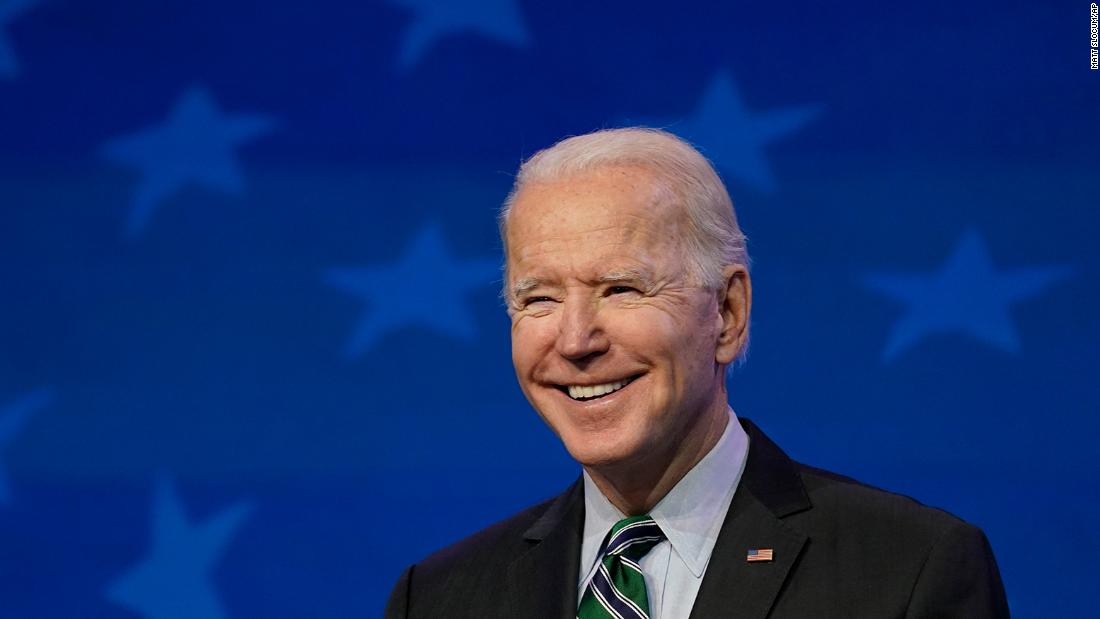The current rise in the Biden market represents the second consecutive time that Wall Street applauds a new president: the shares gained more than 6% in the election for the inauguration, after Donald Trump defeated Hillary Clinton in 2016. The market gained 5% during Trump’s first 100-day campaign as well.
But there is a big difference: Trump was inheriting an economy that was growing at a steady rate during the long post-Great Recession recovery. Biden is entering the Covid-19 economy.
Stimulus expectations, combined with the fact that Americans are beginning to receive coronavirus vaccines, have fueled hopes that the economy – and corporate profits – will improve later this year.
Oil, banks and small-cap stocks get a bigger boost from Biden
In this sense, the energy and financial sectors have performed the best since the election. Oil companies are expected to benefit from an improving economy and rising oil prices, while banks generally do better when there is an increase in demand for loans.
Small cap stocks also outperformed the S&P 500, a move that makes sense considering that smaller companies have more exposure to the U.S. economy compared to the large multinational companies that dominate the Dow and S&P 500.
Biden’s momentum also contrasts sharply with the stock’s performance on the previous two occasions when a new president was coming to power during tumultuous economic times.
The S&P 500 fell more than 6% in late 2000 and early 2001, after George W. Bush defeated Al Gore. This election was also contested, increasing the uncertainty that was already present in the market as a result of the bursting of the dot-com bubble in early 2000.
And stocks plunged nearly 20% from November 2008 to mid-January 2009, after Biden’s former boss, Barack Obama, defeated the late John McCain. Investors were still extremely nervous about the collapse of Lehman Brothers and the wave of bankruptcies of high-profile banks at the time.
But experts say investors need to realize that the market’s performance between elections and inauguration is not necessarily a harbinger of what’s to come for the rest of the year.
CFRA Research chief investment strategist Sam Stovall noted in the report that “the S&P 500 is late for a digest of earnings that could push the index’s value below its 2020 closing level.”
In other words, the rest of the year can be bumpy. But any recession could be brief: Stovall also predicted that any retreat from the market in 2021 will “be set early enough in the year to allow time to recover all losses and proceed to set even higher highs.”
